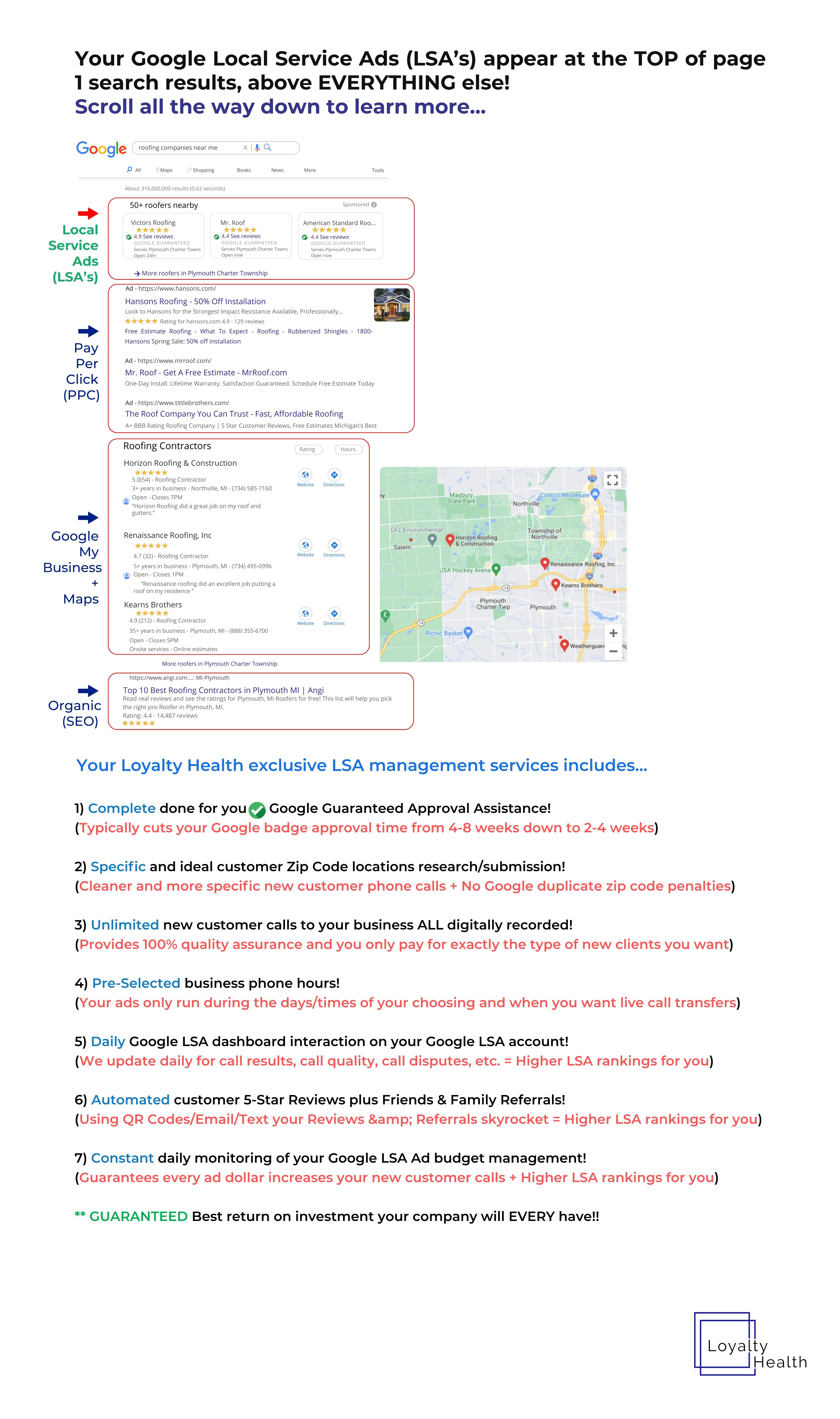Meta Descriptions: Optimizing Search Engine Results & Social Media
What is a meta description, and how does it impact a search engine results page (SERP)? For a business or website owner, answering this two-part question can mean the difference between web obscurity and high click-through traffic. With the management of search engine optimization (SEO), think of metadata descriptions as the final step before a user clicks onto the described site. With metadata descriptions being an important ingredient in a successful SEO formula, this lynchpin in the click-through count warrants further examination in order to maximize its use and efficiency.
Optimal Length
When it comes to metadata descriptions, ‘short and sweet’ is best. While a metadata description can be of any length, most major search engines want only a small blurb. Google accepts only up to 300 characters. These descriptions are not the place for a full 1,200-word essay describing the site. Anything beyond the small blurb, or Google's 300-character limit, will not be used. Thus, in order to effectively communicate a site's description, work within this character limit in order to accurately get the message across.
Optimal Format
Just like with a Tweet’s character limit, where the user has to carefully manage what is attempting to be said within that limited character space, so too should a webmaster attempt to communicate important elements of the site to potential visitors via a limited metadata description. Highlighting keywords while describing site content will help increase the click-through rate for the site. Additionally, this description should be an invitation to potential visitors and offer them the opportunity to explore the site for more information relevant to the search that delivered the link in the first place.
Social Media Tie-In
Getting a handle on metadata description usage for search engines allows a webmaster to expand to the universe of social media. Just like the descriptions for SERPs require some coordination amongst keywords and content, metadata descriptions for social media are a well-choreographed affair between content, including publisher, title, author, image, summary and link(s). Since "social media" is a general descriptive, there is not a one-size-fits-all formatting presentation for a site's content across the multitude of social media sites. However, there are various tools offered by the various social media platforms to help ensure that the descriptive content is being appropriately formatted.
Use of meta descriptive blurbs can be effective announcements of a site’s content, keyword relevance and topic(s). As a result, analytical use of this metadata strategy can increase overall web presence and increase the number of times people share on social media.


